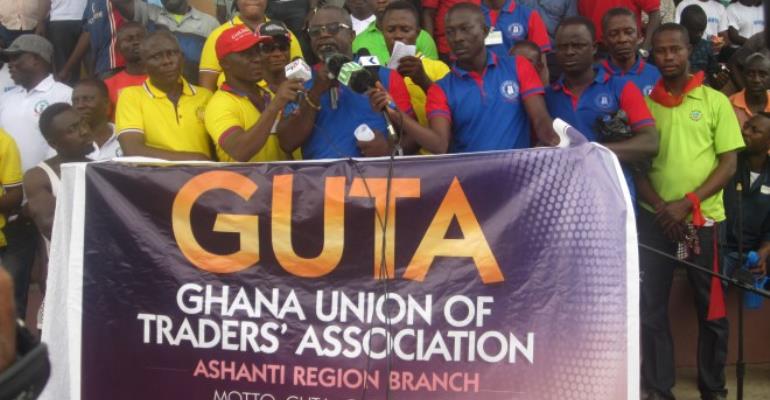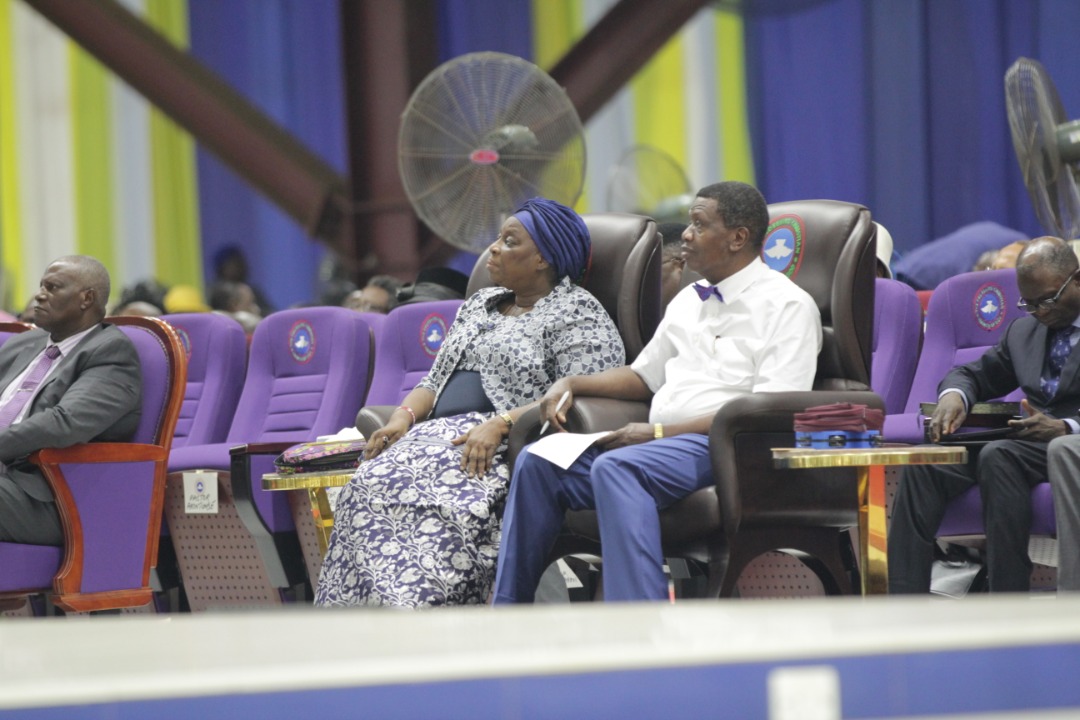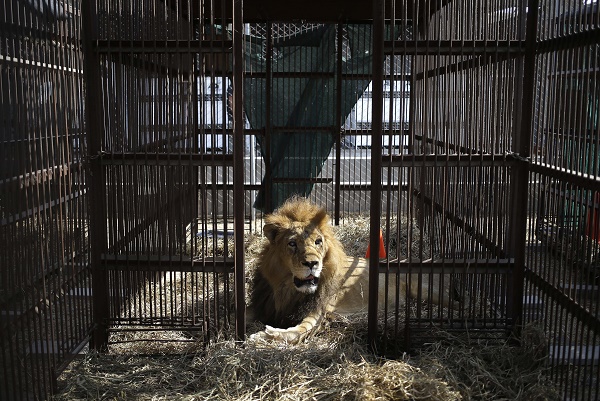Auchi TCN substation
BY FIDELIS MAC-LEVA & SIMON ECHEWOFUN SUNDAY
Nigerians woke up on Wednesday, May 8, to a nationwide power outage that cut off power from many homes and factories leading to reduced load allocations to the distribution companies (DisCos).
At about 5:29am the following day (Thursday, May 9, 2019), the grid collapsed again, compounding the nation’s energy challenge. Checks by Daily Trust Foundation revealed that the country’s power grid had collapsed at least nine times in 2019. In January alone, the country’s power grid collapsed twice while at least two major collapses were recorded in April.
Investigation showed that the nine power grid collapses witnessed this year were among at least 206 of such incidents that have been recorded since 2010. Scores of the “Total Grid System Collapse” occurred after the entire electricity grid went off for several hours. There were also cases of “Partial Grid System’ Collapse” when a section of the country was thrown into darkness for hours due to major transmission line trips.
Advertisement
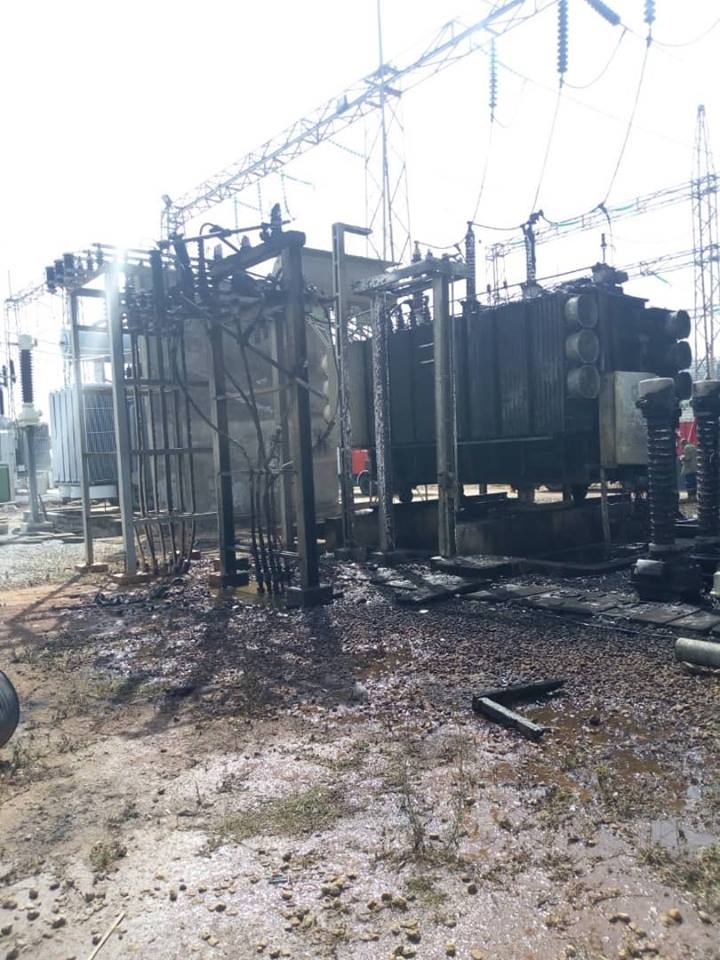
Officials of the Transmission Company of Nigeria (TCN) who probe such incidents, traced the cause to high voltage level resulting from multiple tripping on the Alaoji-Onitsha transmission line, a power plant that shut down abruptly and a huge energy load rejected by the 11 Distribution Companies (DisCos).
ENDLESS SYSTEM COLLAPSES RECORDED IN 9 YEARS
Between 2010 and 2019, Nigerian electricity consumers have had to contend with 206 power grid collapse, nine of which occurred in 2019, records obtained from the system operator (SO), a section of TCN, indicate.
Advertisement
A breakdown of the 206 grid collapse which often led to a power cut for a whole region or even the entire country shows that 109 of the incidents occurred from 2010 to 2013; while 97 others were recorded from 2014 to 2019.
The country went into total darkness 22 times and recorded 20 partial outages in 2010. The grid had 13 incidents of total collapse and six partial incidents in 2011. By 2012, there were 16 total collapses and eight partial ones. In 2013 when preparations for the privatization were topmost, there were 22 total power grid collapses while partial trappings occurred twice.
The post-privatization era also had its fair share of system collapse. Although the situation improved in 2014 as records show, there were nine total collapses and four partial ones. By 2015, the trouble persisted with a record of six total and four partial collapses. It became worst by 2016 when the grid tripped for 22 times and went off partially six times.
Investigations further revealed that in 2017, there were 15 total, and nine partial collapses while last year, 12 total collapses were recorded with one partial collapse.
Advertisement
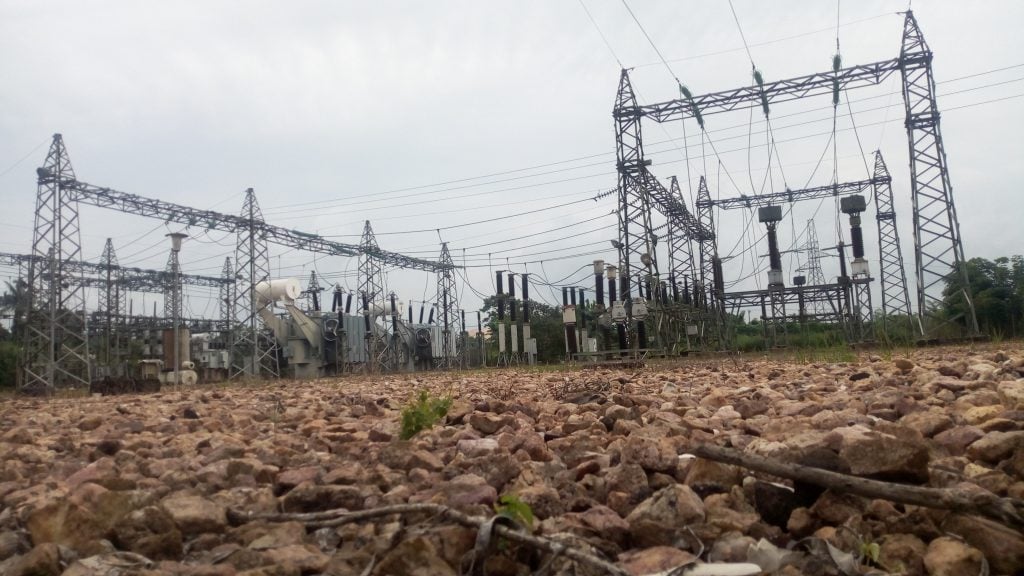
At least nine total collapses have been recorded this year; four of which occurred in January. The five others were spread across February, April, May, June, and August.
The total collapse on June 30, which dropped grid power to 127MW, was traced to a fire outbreak at the Benin transmission substation in Edo state. On August 30, the national electricity grid recorded another total collapse, throwing the country into darkness for about 10 hours. It was a total collapse as power generation on the grid dropped to 20MW.
GRID OUTAGES HIGHEST DURING RAINY SEASON
Trend analyses of these collapses further indicate that national grid outages were worst during some months in the rainy season. The highest of such was in May, which had 30 collapses since 2010. June is next with 29 occurrences.
Advertisement
Another trend is the occurrence of more collapses in January. At least 19 incidents were recorded in the nine-year analysis. The negative trend of 17 occurrences per month was recorded in April, September, and October. It slid to 16 occurrences in November, 15 collapses in July, and 14 incidents in March and December. The least occurrences were in August (7 collapses) and February (10 collapses).
TCN on various occasions this year blamed the DisCos’ load rejection for the high frequency of grid collapses in the rainy season. It said once it rains, the DisCos due to their poor networks, shutdown many power feeders which denies customers of supply, and that when the grid voltages became too high for lack of consumption, a collapse or frequency disturbance became inevitable.
Advertisement
GRID LIMITATIONS CUT 17,500MW IN 76 MONTHS
Records of power generation since the privatization in 2013 to December 2018 indicate that the GenCos have more capacity to deliver power than they had before the privatization.
Advertisement
Analysis of the historical generation data from the Association of Power Generation Companies (APGC) indicates that the GenCos had made available about 38,546 megawatts (MW) generation capability from November 2013 to December 2018.
While the national grid took only 20,960MW, a huge quantum of 17,582MW representing 45 percent of the total GenCos’ capability was stranded. They were not allowed to generate that quantum into the grid. APGC claimed the existing transmission network is inadequate, fragile and not reliable.
Advertisement
The system operator (SO) is a department of TCN that controls the national power grid. The GenCos said while they made effort to increase their generating capacity, the SO has the right according to the Grid Code, to instruct them to reduce or cut down their nominated capacity, with which they must have made gas commitments.
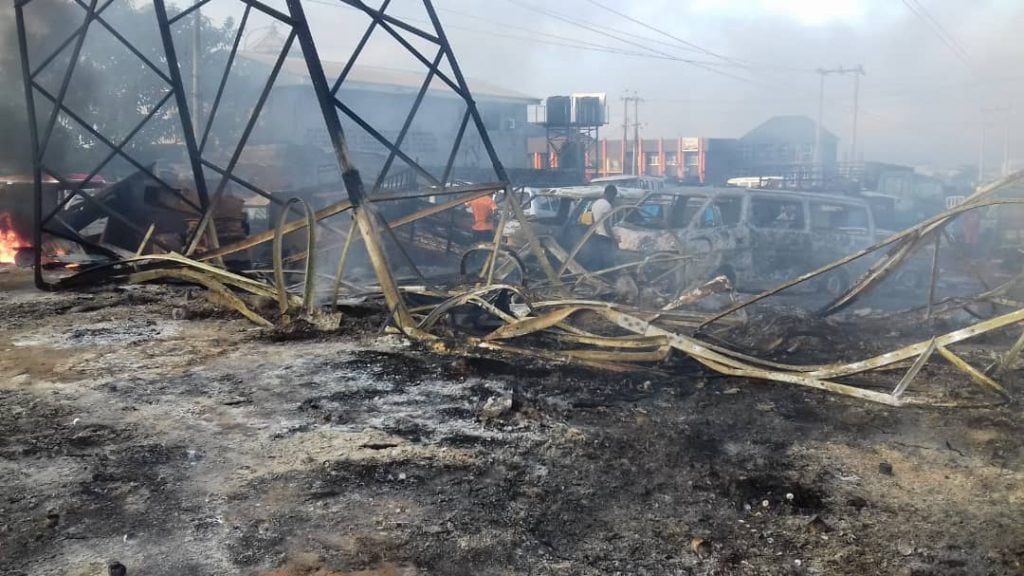
Daily Trust found that the major constraints of transmission system disturbances, distribution, load rejection and the absence of spinning reserve to quickly stabilise the national grid when a collapse is being sensed are the factors against uninterrupted power supply in the country.
Current data from the TCN-SO show that at present, the country has 12,910MW installed power generation capacity. But 7,652MW is the highest generation capacity that can be called into operation from the 24 active GenCos.
HOTSPOTS FOR GRID COLLAPSES
The Alaoji to Onitsha and Calabar transmission lines have been observed to be among the major lines where frequency disturbances have been recorded since 2010.
Daily Trust visited some of these hotspots to observe the lines and speak to residents around the areas. At the TCN 330/132 kilovolts (kV) Awada substation in Onitsha in Anambra state, our reporter observed that the huge facility connects the 330KV transmission line from Alaoji substation in Abia through parts of Imo to Onitsha.
Alaoji harbours a 500MW GenCo under the National Integrated Power Plant (NIPP). Nearby is the 140MW Ariaria power GenCo that is yet to be put on the grid.
Another 330kV line leaves the Onitsha substation through Asaba to Benin City substation. The 330kV Warri to Sapele line (Delta axis) joins the Asaba line at Benin substation. These are hubs for about five large power GenCos with over 2,00MW capacity. There is TranscorpUghelli, Okpai , SapeleGenCo, Sapele NIPP, and the Ihovbor (Benin) NIPP.
The Benin line further moves to Ondo state to connect Omotosho gas and NIPP plants and extends to Olorunsogo Gas and NIPP plants in Ogun state.
When contacted, Mike Anigbo, assistant general manager (AGM) at the Onitsha substation, said he was not permitted by the Enugu transmission region to speak but after much pressure, he tersely said: “We have enough energy to serve our customers for 24 hours a day”, without explaining what that meant.
A senior official, however, said the Enugu and Benin DisCos reject load in the axis the substation covers across Anambra and part of Delta state. “DisCos just take only two megawatts of the energy when they are supposed to take 10MW,” said the official who wouldn’t want to be named.
Another official confirmed system disturbance on the Alaoji transmission, which he said, was not built by TCN but by the Niger Delta Power Holding Company (NDPHC) under the NIPP after they constructed the Alaoji NIPP plant.
“Most times because the line was not well built, there are occasional disturbances which affect a part of the national grid. The new management of TCN is making procurement to rehabilitate that line to stop that,” he said in confidence.
At Onitsha, it was observed that Tower No. 5 of the Onitsha-Asaba transmission line, which had gone down in 2017, causing system disturbance, has been fixed. The base of the tower was affected by fire from a nearby waste dumpsite.
The place has been partly cleaned up but residents are concerned that such an incident could recur if the TCN line patrol team does not monitor it often. Uche Okonkwo, a tricycle driver in Onitsha, said apart from common dumpsites around power lines, flood in the swampy terrain of the Niger River could pose a threat.
STRETCH OF 132KV TRANSMISSION LINES IN EDO, ZAMFARA, OTHERS
Experts in the electricity industry say the long stretches of the 132KV line could cause transmission losses and low voltage if more load points are connected to that line without a transmission substation or an injection substation.
Daily Trust observed that Benin City to Okpella in Edo State, stretching to Okene in Kogi state is on a 132kV line. TCN has four substations in Benin, Irrua, Auchi, and Okpella before the 132/33kV line stretches to Okene.
Benin has a 330/132/33kV substation; Irrua substation has a 60-mega volt-ampere (MVA) and 30MVA transformer while there is a 40MVA transformer at Auchi. Okpella has a 15MVA transformer upgraded to 60MVA in September 2018, officials said. It was to compliment the rising demand for Bua and Dangote Cement companies in the area.
At Auchi, Okpella and its environs the situation is not different as residents and customers of Benin DisCo say they face epileptic power supply and high electricity bills. Muhammed Momoh in Auchi noted that electricity is unpredictable in the area as they hardly see the power supply a day. Felix Eze, who operates a drinking joint, said business operators in the area rely on generators to power their business.
Joseph Ovie in Okpella said, “The light situation is not completely different from other places with incessant power outage. At times, we get it beyond three hours in the day time and also three hours at night but it is not always regular.” Isaac Jimoh, a resident of Avielle town near Auchi said they are already frustrated with high bills and low voltage levels in the area.
The lack of mega 330kV transmission substation and a line is also affecting Ekiti state, as a long line of 132kV line stretches through it from Kogi state.
Surveys on the route from Sokoto state up to Gusau in Zamfara state and to Funtua in Katsina state, reveal long winding 132kV line that stretches through. A tower in that line collapsed in November 2018, threatening power supply in the axis. The situation is the same for Lafia to Akwanga, and from Keffi to Mararaba in Nasarawa state.
It was the same case of the north-eastern states until TCN commissioned two 330kV transmission substations in Yobe and Maiduguri early 2019. Officials of Yola DisCo said there is more bulk power to supply to customers.
Daily Trust reports that residents have been amazed at the improved power supply in Borno, Adamawa and Yobe states with some of them fearing they would be overbilled over the ‘abnormal’ supply. What is the volume of power supply in those states compared to their energy needs? You may have to show more evidence of this claim.
Official records also show that voltage instability occurs at another NIPP transmission line built by the NDPHC. The IkotEkpene (Akwa Ibom) to Ugwuaji (Enugu) to Apir (Benue) to Jos line has frequent disturbance, a TCN report shows. To arrest this, the TCN MD, UG Mohammed said three reactors are being installed in IkotEkpene and Jos to stabilize the line.
NERC FAILS TO APPROVE TCN SPINNING RESERVE IN 13 MONTHS
In May 2019, TCN lamented that despite writing to the Nigerian Electricity Regulatory Commission (NERC) to quickly approve a 250MW spinning reserve procurement to tackle grid system collapse, NERC did not respond for 13 months.
Daily Trust gathered that TCN got initial bidding approval from NERC in July and called for bidders in August 2018. However, after bid evaluation, NERC only called for public comments on September 30, 2019, to consider the spinning reserve in an on-going extraordinary tariff review for TCN and the DisCos.
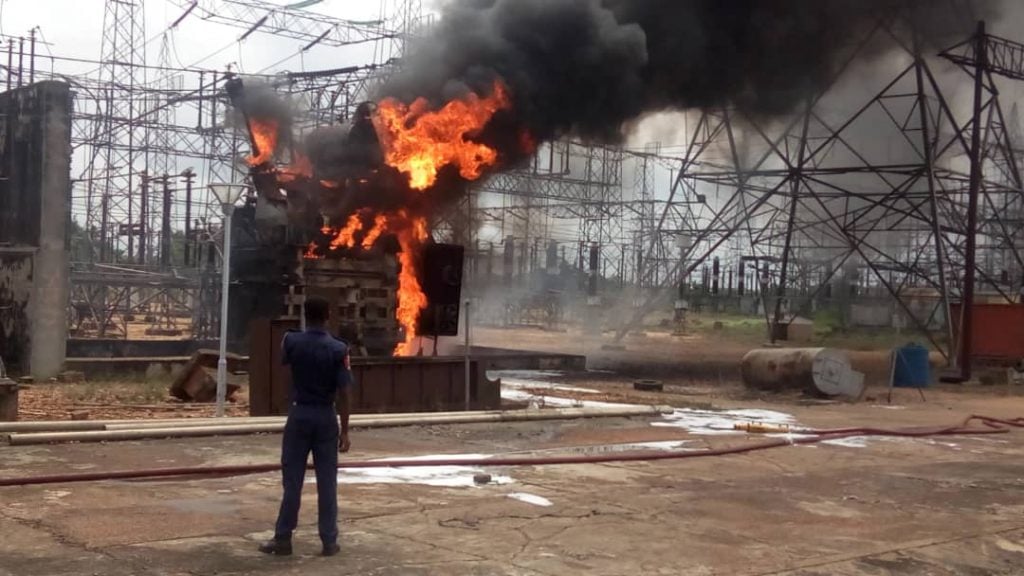
For over four years, the national grid has been left zero and at times 40MW of the spinning reserve to cushion system frequency disturbance before a collapse.
Explaining the essence of spinning reserve in the Transmission Rehabilitation and Expansion Plan (TREP), TCN said the power grid was still vulnerable to collapses without spinning reserve because of overvoltage when energy loads are rejected.
“We don’t have a spinning reserve to grapple with this, so we often use the manual control method when the frequency becomes high,” an official of TCN-SO told Daily Trust. The official said the spinning reserve would ensure fluctuations on the national grid are managed to prevent future system collapse.
TCN, DISCOS BICKER OVER LOAD REJECTION
Recurring system collapse has been a source of conflict for TCN and the DisCos, our investigations reveal. After the June 30, 2019 system collapse, Bar. Sunday Oduntan, the spokesman for the Association of Nigerian Electricity Distributors (ANED) blamed the TCN.
“The DisCos remain available to offer their technical assistance to TCN, to ensure that our valued customers do not remain in darkness,” said ANED, adding that DisCos have invested over $1.4bn in their system.
The TCN on its part has canvased for the recapitalization of DisCos saying they need $4.3bn dollars to match the transmission network.
The TCN’s SO records in April 2017 say the DisCos rejected 10,200MW allocation in just one month. In the SO’s daily operational reports and document analyzed for over six months of 2019, Daily Trust reports that over 1,500MW energy is rejected by DisCos daily.
DISCOS INHABIT POOR INTERFACE, OBSOLETE NETWORKS
The DisCos’ association told this paper that the TCN analog system had caused 5,311 interface disruptions in a DisCo within 18 days of September 2019.
However, we found that DisCos’ networks are rife with obsolete and inadequate equipment. Documents accessed at the NDPHC reveal this inadequacy in many places including Kabba (Kogi), Lafia (Nasarawa) where DisCos fail to operate such networks that could boost power supply to Nigerians.
Checks show that in Abuja, it took over one year for Abuja DisCo to connect to the added 60MVA TCN Katampe transformer. Connecting to the additional 120MVA transformer at TCN Suleja substation was also delayed by Abuja DisCo; Ibadan DisCo also delayed connecting to the upgraded Abeokuta Substation.
A memo addressed to BabatundeFashola, former minister of power, works and housing, on May 22, 2019, shortly before he left office indicted the DisCos’ network inefficiency.
TCN in the letter seen by our reporters said out of the 737 total interfaces where transmission facilities deliver power to distribution facilities, 421 have adequate protection but 316 others have not. “The DisCos should build new feeders and injection substations to take more supply from existing and new transmission substations,” the letter, which was also sent to, the presidency, read in part.
PLAN ON COURSE TO REMEDY CONSTRAINTS-TCN
Usman Gur Mohammed, managing director of TCN, Mr. spoke to Daily Trust about efforts to improve the system. He said TCN has delivered 67 power transformers that added 3,100MW capacity to the transmission grid since 2017 after the new management reformed the company and positioned it for better performance.
The Transmission Company of Nigeria (TCN) said it has improved the power system stability, it hopes the efficiency will increase as its $1.6 billion donor-funded projects nationwide begin to materialize.
“We need to have a critical investment in lines and substations so that we put N-1 across the country, that will ensure that any equipment that goes out at any point in time will not affect supply on that area,” Mohammed added.
However, Ndidi Mbah, general manager, public affairs at TCN, promised to get back to us over inquiries on curbing system collapse but failed to do so despite several reminders.
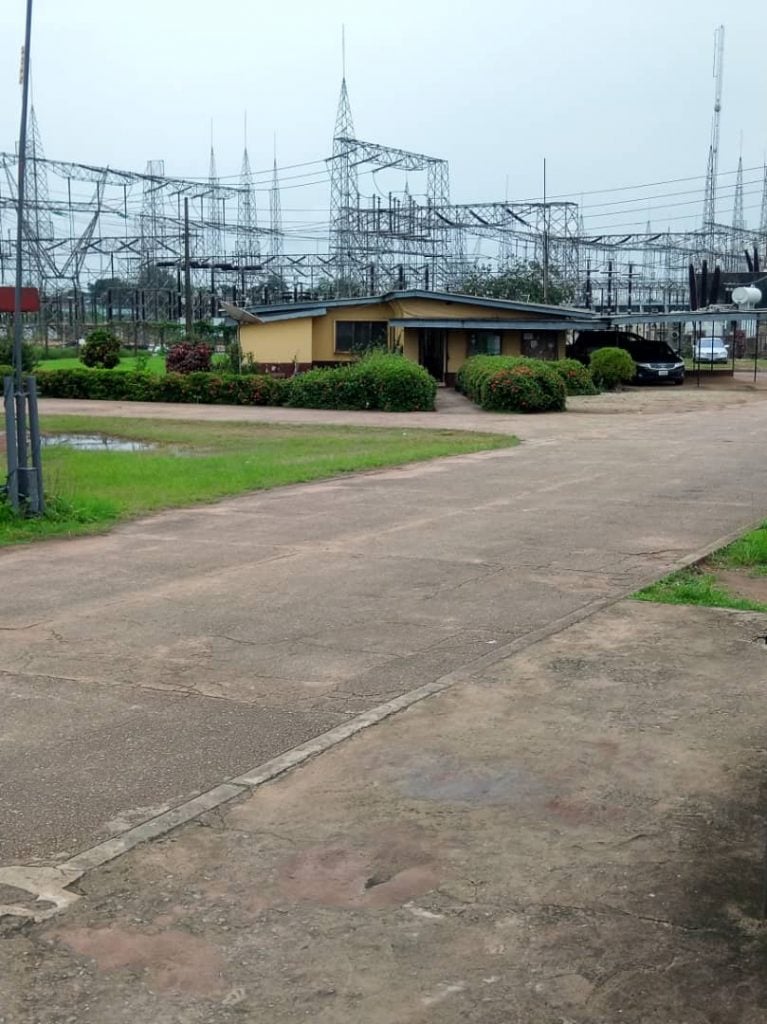
The DisCos under its Association – ANED have denied any wrongdoing. Sunday Oduntan, its spokesman, said load rejection in some cases was a business decision, accusing the TCN of dumping load where the DisCos do not have much electricity customers to pay for energy.
The DisCos said TCN has never wheeled sufficient energy to meet the DisCos’ energy off-take assumptions specified under the Multi-Year Tariff Order (MYTO) 2015.
ANED referred to the Siemens “Electrification Roadmap for Nigeria” report of May 7, 2019, stating that, “Today, power distribution by the DisCos’ to end-customers is limited by power infeed from TCN.”
Usman Abba-Arabi, general manager, public affairs, did not respond to the Daily Trust inquiries over NERC delay to approve for TCN to procure the needed 250MW to stabilize the power grid.
Arabi who promised to get back to our reporter never did so in spite of repeated calls thereafter.
POWER SYSTEM, NETWORK STILL FRAGILE – AMADI
Sam Amadi, former chairman of NERC, Amadi said the frequency of outage in the electricity sector is evidence of the fact that the power system and its network are still very fragile, adding that it was the true test of the quantity and the problem of quantity in power.
He said, “Obviously, we don’t have enough reserve because we are jetting at a margin, meaning if we take off 400, 300 or 200MW regularly from available generation it will deplete the amount of power that is supplied to the grid. Ideally, we should have that reserve to be able to build a buffer against the system collapse.”
He added that some of the GenCos ought to be providing ancillary services like black start. “But this is applied and paid for, so there is little incentive among the generators.”
Amadi said during his tenure at NERC, from 2010 to 2015, “We had a pricing mechanism that was part of the MYTO framework. The ancillary service market is still underdeveloped in the sector. That is the other contributor to the system collapse.”
He confirmed cases of energy rejection. “The DisCos often can’t take power and the system recognizes that when there is a disturbance in the DisCos it affects transmission.
“When we were there we set up a TASK FORCE to design a commercial regulatory solution to rejection of load by DisCos. The report came in a week before we left so we didn’t take action on that and I don’t know the current status on it.
“But essentially what we tried to do in that Task Force committee was to track those problems like issues around DisCos saying they (TCN) were dropping load where they could not easily pick them. Also, TCN saying they should drop the load in the network for system stability and that DisCos should improve their network,” Amadi explained
The energy expert advised that the situation requires close monitoring by NERC. “This requires close regulatory monitoring, incentive or forcing DisCos to make an investment in those regards. In the short term, this sector needs a Task Force for proper tracking,” he submitted.
This report is part of a collaborative investigative series by Daily Trust, the International Centre for Investigative Reporting (ICIR), Premium Times and TheCable, facilitated by the Wole Soyinka Centre for Investigative Journalism (WSCIJ) under its Regulators Monitoring Programme (REMOP) for the Electricity Sector, with support from the John D. and Catherine T. MacArthur Foundation.
Add a comment



